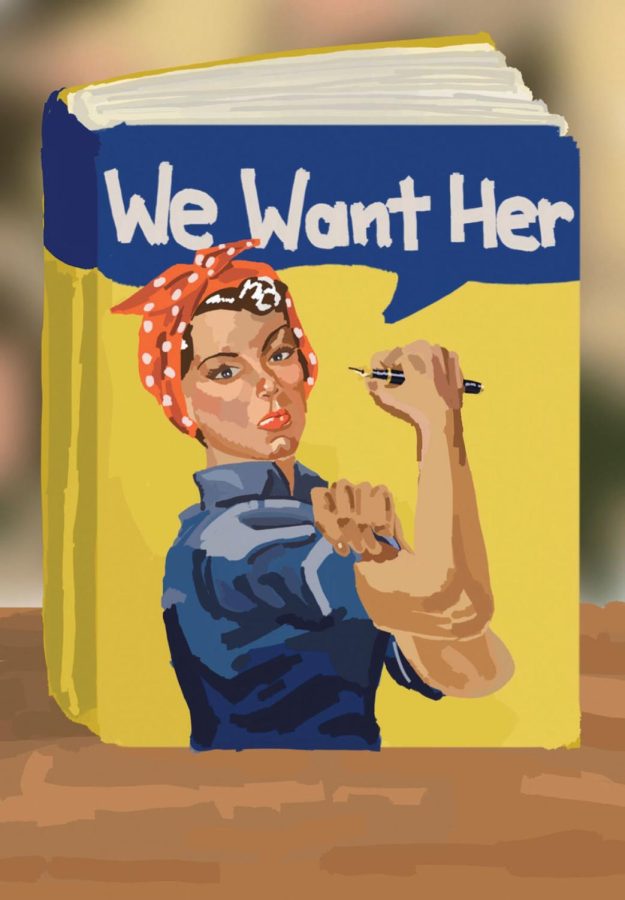Justice for female characters
In order for a piece of fictional media to pass the Bechdel test, it must feature a conversation between two women, with names, talking about something other than a man. Seems simple enough, right?
Wrong. After I learned about the Bechdel test, I started paying close attention to the media I consumed. Gradually, I noticed my favorite pieces of media didn’t pass the Bechdel test, therefore lacking substantive female representation. Classic novels and nostalgic movies felt less comforting when Irealized female characters were not allotted the depth and complexity of their male counterparts.
I began to question, does my own day-to-day life “pass the Bechdel test?” Do my interests, conversations and text messages all somehow revolve around male action? Spoiler alert: my life is not that simple. My life passes the Bechdel test, with flying colors, actually. Women are far more complicated than their constant one-dimensional portrayal in fiction, and there is an immense danger to their oversimplification.
The film “The Social Network,” based on the true story of how Facebook was founded, won an Academy Award in 2011 for Best Adapted Screenplay. The film features several female characters. However, these women do not speak to each other once throughout the movie, meaning this award-winning film automatically fails the Bechdel test. The film attempts to bring light to the misogyny in the technology industry, but that message cannot be accurately communicated when the female characters, who portray real-life women, are not written to be complex or independent in the absence of men.
As consumers of this content, we have been trained to view feminine traits as shallow. Women who attempt to challenge patriarchal structures are told to shed their pink clothes to appear more sophisticated or lower their voices to be taken seriously. Doing “girly” things is not mutually exclusive to being complex, assertive and influential.
Women are pretty, just as much as they are intelligent, witty and ambitious. Both traditional and modern media fail to encapsulate the intricacies behind female characters, which tells young women that their worth is measured by the men around them. People who wear makeup, paint their nails and embrace their femininity are just as complicated as everyone else—if not, more so. Nobody is a side character, and women have been pushed into that box for far too long.
“The Great Gatsby,” “The Lord of the Rings” and “Perks of Being a Wallflower”: all popular works of fiction that fail the Bechdel test.While they may feature notable female characters, these books are primarily from the viewpoint of men. The simple presence of women in media does not satisfy me, and I am scared by how little I previously noticed the surface-level representation of women in stories like these. Every piece of fiction should go beyond just passing the Bechdel test. I encourage everyone to page through a book, turn on a movie or watch a TV show, but with a new lens in mind.Why do we turn a blind eye to thinly written female characters when the women in our lives continue to show us that they are capable of so much more?
Two women, with names, talking about something other than a man. A simple ask shouldn’t be such a sizable challenge.


